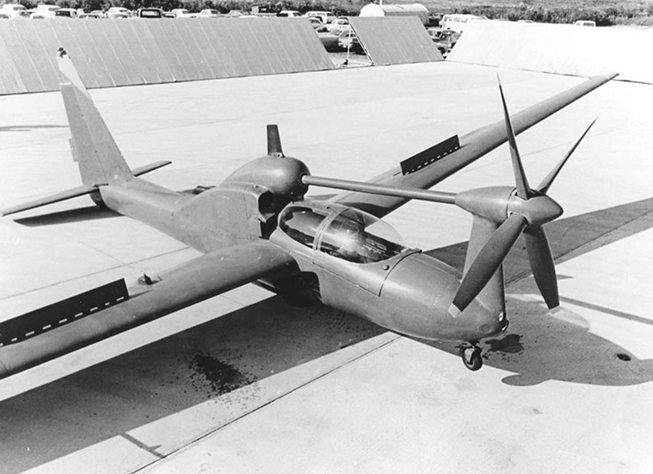The efficacy of nighttime aerial reconnaissance operations in Southeast Asia was diminished due to engine noise that provided the enemy with advanced warning of approaching aircraft.
With an eye on making quiet aircraft that could better serve this reconnaissance mission, ARPA funded the Lockheed Missile and Space Company to develop a quiet, propeller-driven aircraft. This fast-paced program quickly yielded a successful prototype, the QT-2, which in 1968 was deployed and proven in combat.
The program transitioned to the U.S. Army, which sponsored a limited production of an advanced version of the quiet aircraft, the YO-3A.
